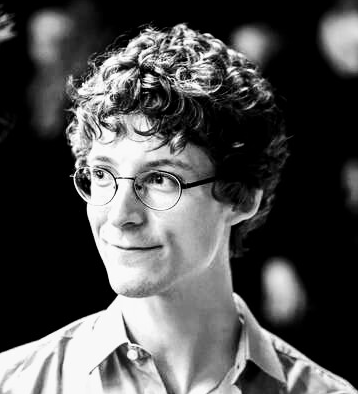Research Area
Currently my main interest is automatic translation between signed languages (e.g. Swiss German Sign Language) and spoken languages (e.g. German). Beyond this, I am broadly interested in sign language processing research and tools that I believe can improve sign language machine translation.
I believe in open and reproducible science, and everything I do results in open datasets and contributions to open-source software projects.
Academic Career
My background is in Computational Linguistics (a blend of Computer Science and Linguistics). My PhD was on the robustness of neural machine translation systems, supervised by Prof. Rico Sennrich and obtained at the University of Zurich. I spent some time at Amazon AI Research in Berlin with their machine translation team. After my PhD I worked as a postdoctoral researcher in the EU Horizon project EASIER for three years. The overall aim of EASIER is general availability of machine translation systems for sign languages.
I hold a CAS degree in higher education and I take pride in being a professional teacher. I have taught numerous groups of children, university students and professionals in continuing education programmes.
Projects
At the DSI my project is «Fundamental linguistic tools for sign language machine translation – SIGMA». SIGMA aims to provide fundamental tools for automatically processing sign languages, with the main goal of improving a higher-level task: sign language machine translation. Improving machine translation for sign languages is relevant for Swiss and international societies. While for hearing persons translation technology is mature and usable in every-day situations, such tools do not exist for Deaf sign language users. Deaf individuals can only be full members of a digital society if translation technology is afforded to them. The project is situated at the intersection between computer science, linguistics and accessibility studies, and therefore is highly interdisciplinary.
Besides SIGMA, an important role I have is being the main organizer of the WMT shared tasks on sign language translation (https://www.wmt-slt.com/) where I lead a team of 20 people from academic and industry organizations.
